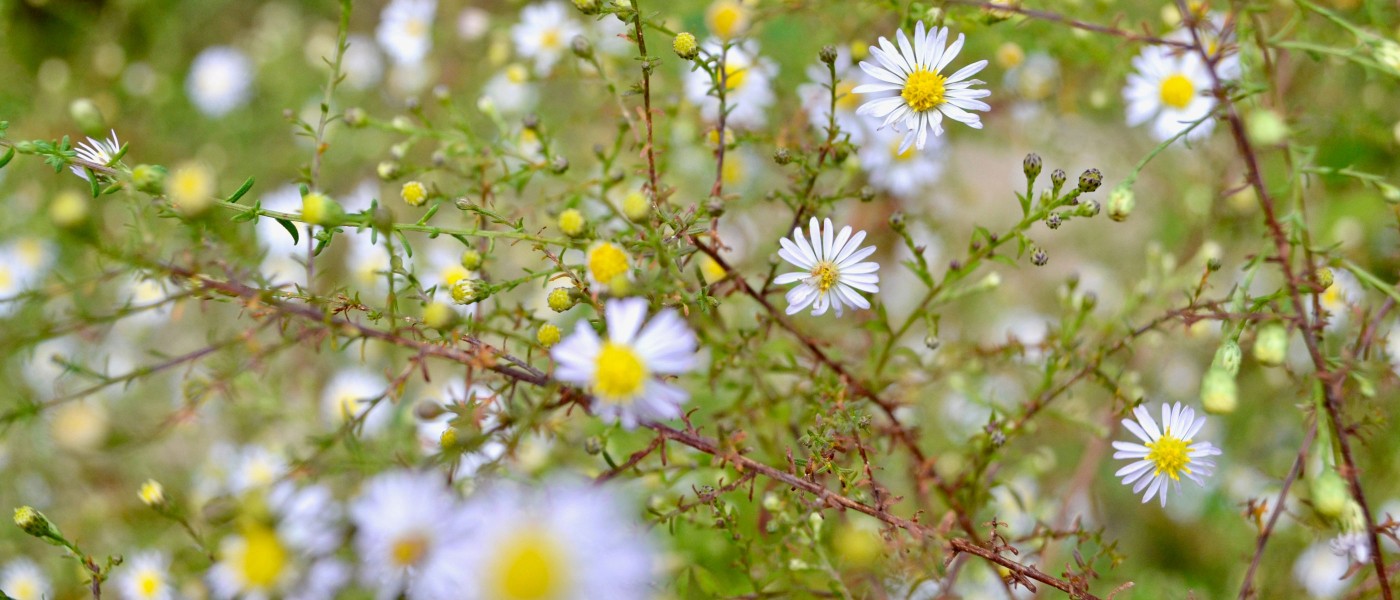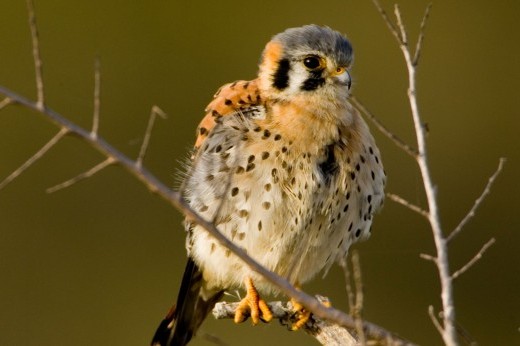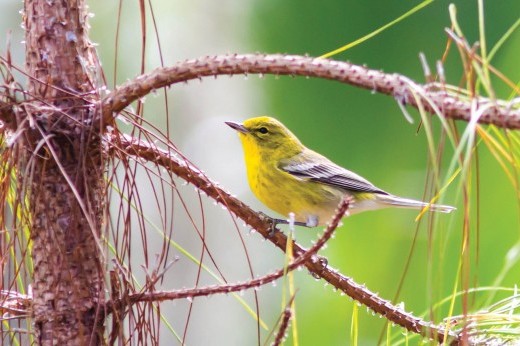Topics
Special Series
Birds, Pollinators & Other Wildlife
-
Birds of Brooklyn: Red-Tailed Hawk
This raptor is common in the city. In spring, red-tailed hawks start nesting, and it's not hard to catch a glimpse of their mating rituals, hunting habits, and nest-tending behaviors in parks and at Brooklyn Botanic Garden.
By Joe Giunta -
Birds of Brooklyn: Starling
The starling, one of the most populous bird species in North America, wasn't always here. Its presence is the result of a passing reference in a Shakespeare play.
By Joe Giunta -
Pollinators in the Native Flora Garden (Video)
Butterflies, bees, and other pollinators flock to Native Flora Garden's plants. So do their predators. Uli Lorimer explains the relationships at play in this small but diverse habitat shares some good news about the the monarchs he has observed.
By Blanca Begert -
Birds of Brooklyn: American Kestrel
The smallest falcon in the United States likes to nest in the eaves and cornices of old buildings in New York City and hunt grasshoppers at Floyd Bennett Field.
By Joe Giunta -
Birds of Brooklyn: American Redstart
This pretty warbler is an ace insect catcher with a distinctive hunting method.
By Joe Giunta -
Birds of Brooklyn: Monk Parakeet
How did this Argentinian bird become a fixture in Brooklyn?
By Joe Giunta -
A Wildlife Walk Through the Garden
The Garden isn’t just a collection of plants. It’s also a collection of habitats where herons hunt for crayfish, monarchs feed on milkweed, and woodpeckers nest and forage for insects.
By Steven N. Severinghaus -
Use Insects, Not Chemicals, to Fight Pests
Spare the pesticide and enlist ladybugs, parasitic wasps and other beneficial insects to handle pest control in your garden.
By Kim Eierman -
Birds of Brooklyn: Pine Warbler
This bright yellow songbird is one of the first to arrive during spring migration.
By Joe Giunta -
Birds of Brooklyn: White-Throated Sparrow
This delightful little brown bird flies south from Canada and arrives in New York City in mid-October. You'll see it helping itself to the seeds it finds in parks, gardens, and backyard feeders all winter.
By Joe Giunta











